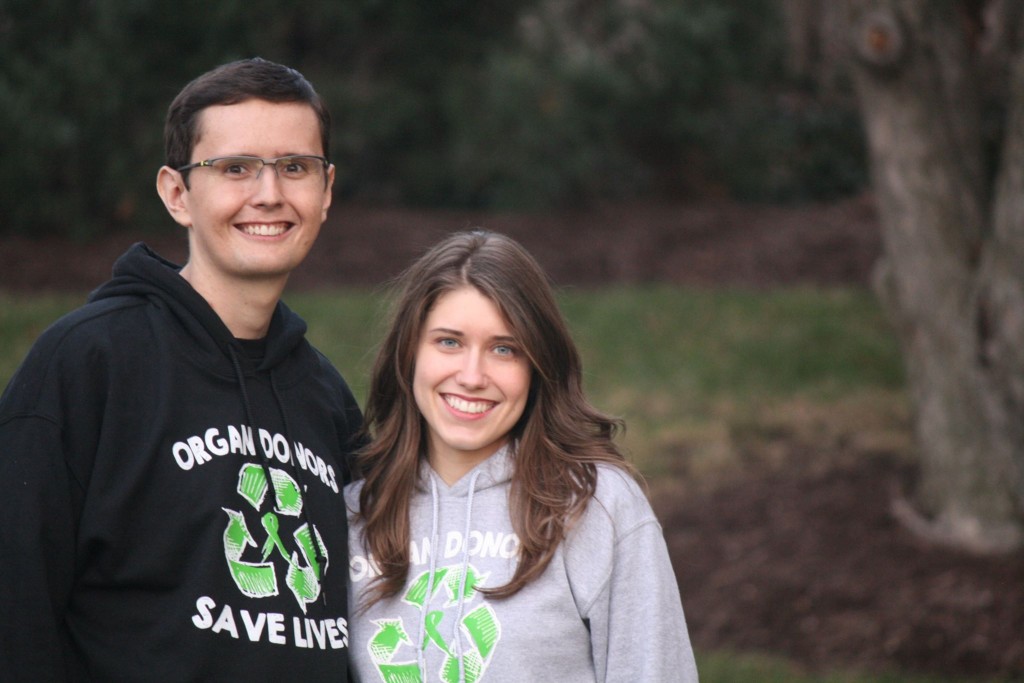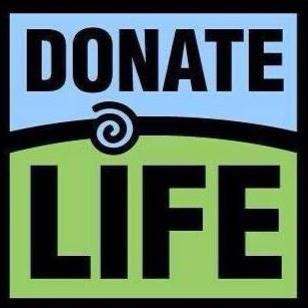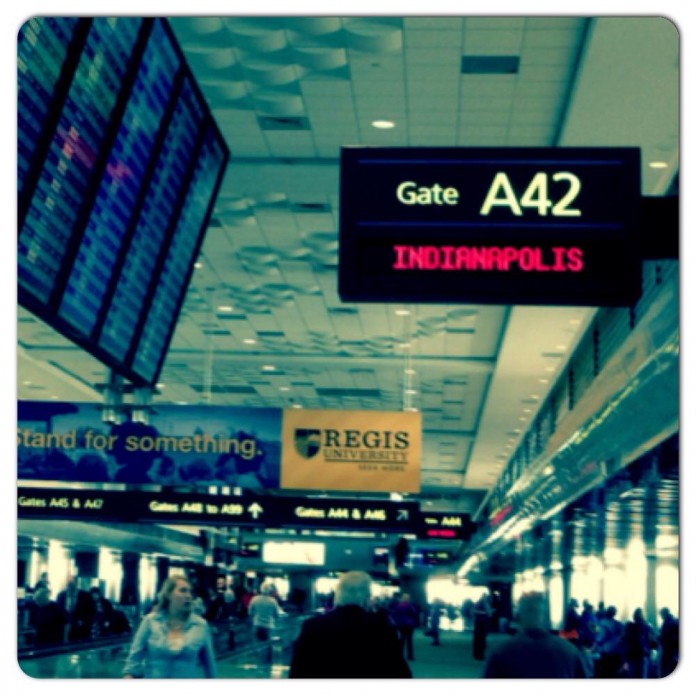Living In Utah Could Mean A Higher Chance Of Dying Before Getting A Transplant

A national program called “Share 35” was designed to bridge the gap between available donors and those needing transplants. But those here in Utah may be waiting for transplants a whole lot longer, meaning you’re more likely to die here waiting for a transplant than in other states.
If you’re registered to be an organ donor there is a huge chance your organs will be sent out of state because the donated organs are spread among 11 regions across the country. Organs from Utah are shared with states such as California, Nevada, Arizona and New Mexico. California, the most populous state in our country gets about two thirds of the organs Utahns give.
For Forrest Purser, who lived in South Jordan, a liver transplant meant a matter of life or death after he has spent many years waiting for a match.
Forrest has been on the liver transplant donor list here in Utah for eight years and back in September he was going downhill quickly. That’s when Annalisa, Forrest’s wife, decided something needed to be done. Desperate for a transplant but knowing he was still competing with four other states also meant that the longer they waited, the less likely his chances of survival would be.
Annalisa decided to do her own research and found out that those that live in other states have a better chance at getting a transplant sooner. She was able to determine that Indiana University Hospital had one of the best survival rates and better statistics and those living in Indiana were getting livers at a lower MELD score than here in Utah.
Donors are measured by a MELD score. MELD,(model for end stage liver disease) a scoring system for assessing the severity of chronic liver disease, uses the patient’s values for serum bilirubin, serum creatinine, and the international normalized ratio for prothrombin time to predict survival.
In interpreting the MELD Score in hospitalized patients, the three month mortality is ranked accordingly:
40 or more — 71.3% mortality
30–39 — 52.6% mortality
20–29 — 19.6% mortality
10–19 — 6.0% mortality
According to Dr. Michael R. Charlton, MD, the director of liver transplantation at Intermountain Medical Center in Murray, there are currently about 16,000 nationally that are awaiting new livers and those here in Utah are nearing a MELD score of 35 before they come up for the actual transplant.
By the time those in liver failure reach the mid 30’s, other organs such as the kidneys also start to shut down. Forrest was already in the mid 20’s and only getting higher the more time that went by.
Forrest and his wife made the decision to move to Indiana and they did it quickly.
“We literally left everything behind. Our home, cars, friends and family and left for Indiana with just a couple of suitcases'” says Annalisa. She goes on to say that Forrest is on disability leave with his work and her job allowed her to work from Indiana making the move possible. “We are very fortunate, we have had a lot of support and not as many obstacles that others face such as insurance restrictions and loss of employment.”
People in Utah may have a less likely chance of getting a transplant until they are nearing death, but they also don’t have a choice. For instance, Annalisa spoke of one gentleman in his 60’s who needs a transplant but his insurance will not cover him in another state so he is forced to wait it out here in Utah. Waiting for a transplant until your mid 30’s on a MELD score means more cost for insurance companies and a lot more medical complications. Some of them suffer kidney failure as a result of having to wait that long that could possibly require a kidney transplant on top of a new liver.
Forrest and his wife moved to Indiana on September 23rd, 2014 and he was placed on the organ transplant donor list on November 13th, 2014. Two days later, Forrest received his new liver. The difference in the wait is astounding and has made huge difference for Forrest.
“He had quite a few complications at first but is now doing incredibly well. He has been out of the hospital now for four weeks and we are hoping to be able to move back to Utah soon.” said An nalisa.
nalisa.
She goes on to say that as they would like for everyone who needs a transplant to receive one no matter where they live, or where the organ comes from, the ultimate problem is that fewer than 50% of the country has registered as an organ donor.
For those interested in becoming an organ donor please visit the website donatelife.net






